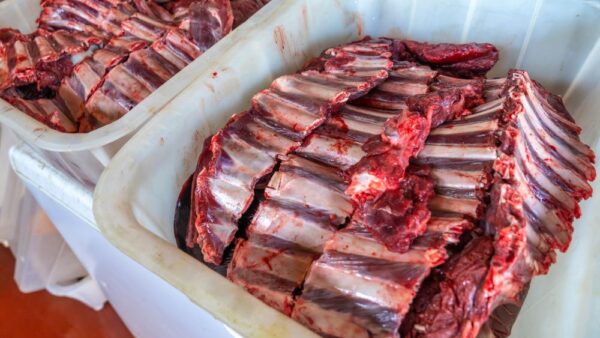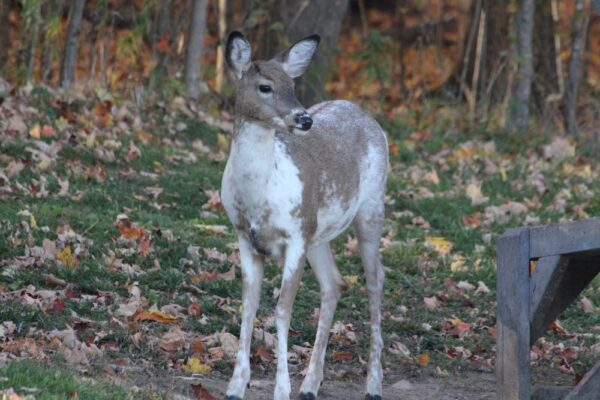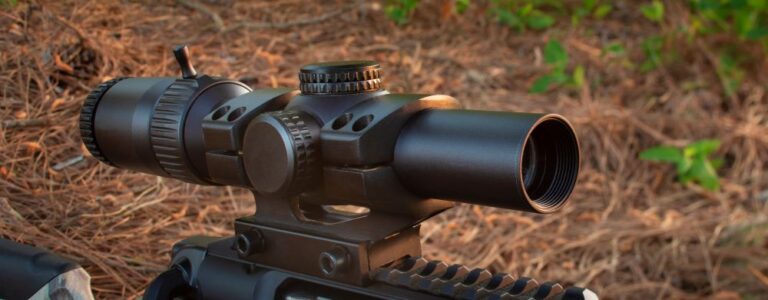Understanding the nuances of using a deer feeder, proper deer feed, and deer feeding times can significantly enhance your hunting experience. As a tool, it helps attract deer for hunting, photography, or wildlife observation and aids in their overall health and population management.
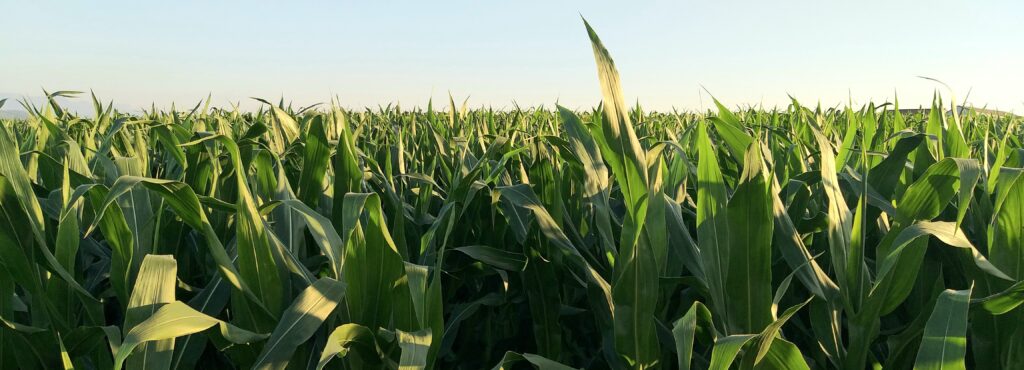
This comprehensive guide delves into various aspects that every deer hunter must consider when setting up and managing feeder sites. We cover everything from understanding different types of feeder mechanisms to protecting your feeding site from external threats.
We further discuss the importance of moisture control in your deer feeder, how location affects its effectiveness, and why maintaining proper schedule records is crucial for successful baiting.
Gain insights into seasonal behavior around bait sites and learn about selecting appropriate feed types for your dispenser. Finally, discover how game cameras and other equipment can enhance your hunting strategies by providing valuable data on visiting patterns.
The Importance of Deer Feeders
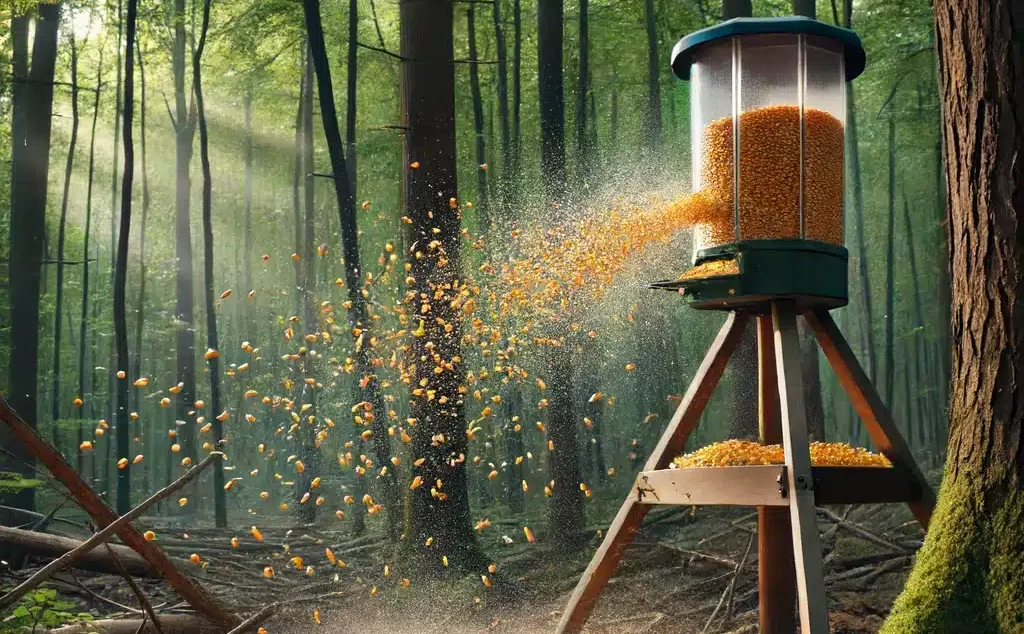
Deer feeders are a must-have for hunters, wildlife enthusiasts, and animal lovers. They’re like the VIP treatment for deer, offering advantages that simply tossing food on the ground can’t match.
These babies are waterproof, have locking mechanisms, and even adjustable dispensers and agitators to keep the feed fresh and dry for longer.
Additionally, deer feeders can save money by reducing the need for frequent repairs and replacements and by minimizing feed costs over time.
Advantages of Using Deer Feeders
Durability: These feeders are built to withstand Mother Nature’s tantrums, so they’ll last you a long time.
Safety: Locking mechanisms keep unwanted pests away from the food supply. Sorry, critters, no free buffet here.
Ease-of-Use: You can control how much food is dispensed at a time with adjustable dispensing systems. It’s like being the master chef of deer cuisine.
Filling the deer feeder with feed and setting the timer for feeding is convenient and simple, making the process hassle-free.
If you want to dive deeper into these features, check out this comprehensive guide on deer feeder selection.
Types of Deer Feeder Mechanisms
Not all deer feeders are created equal. Besides the gravity-fed models that rely on nature’s magic, some spin-cast models spread the feed in a certain radius. It’s like a deer party, encouraging movement and reducing the risk of overcrowding and diseases.
Let’s not forget the timed-release models, where you can schedule specific feeding times using a digital timer. It’s like having a personal deer butler.
Learn more about these different deer feeder mechanisms on this informative page. But wait, there’s more.
Deer feeders aren’t just practical but also superheroes for conservation efforts. In areas where natural food sources are scarce due to harsh weather or human activities messing with ecosystems, these feeders step in to save the day.
By providing a reliable source of nutrition, they help maintain healthy deer populations and contribute to the overall biodiversity of our environment.
So, when you set up a deer feeder, remember that you’re not just getting a good shot but also helping to preserve nature and its adorable inhabitants.
Protection Measures When Setting Up a Deer Feeder
Pens: Construct durable pens to keep pesky critters like raccoons and bears away.
Elevation: Raise the feeder off the ground to deter more minor pests and make it easier for deer to access. Deer can also use natural surroundings for hiding while approaching the feeder.
Durable Material: Use strong materials to withstand harsh weather and wildlife encounters.
The second thing to consider is moisture control. Moisture can ruin the feed, making it unpalatable or harmful for the deer. To prevent this, ensure the top of the feeder is tightly sealed and drill small holes at the base for water drainage.
Moisture Control in Your Deer Feeder
Tight Sealing: Keep rainwater and snowmelt out by sealing the top of the feeder tightly.
Holes at Base: Drill small holes at the base to allow any accumulated water to drain away, preventing spoilage.
Ideal Placement & Spacing For Your Deer Feeder
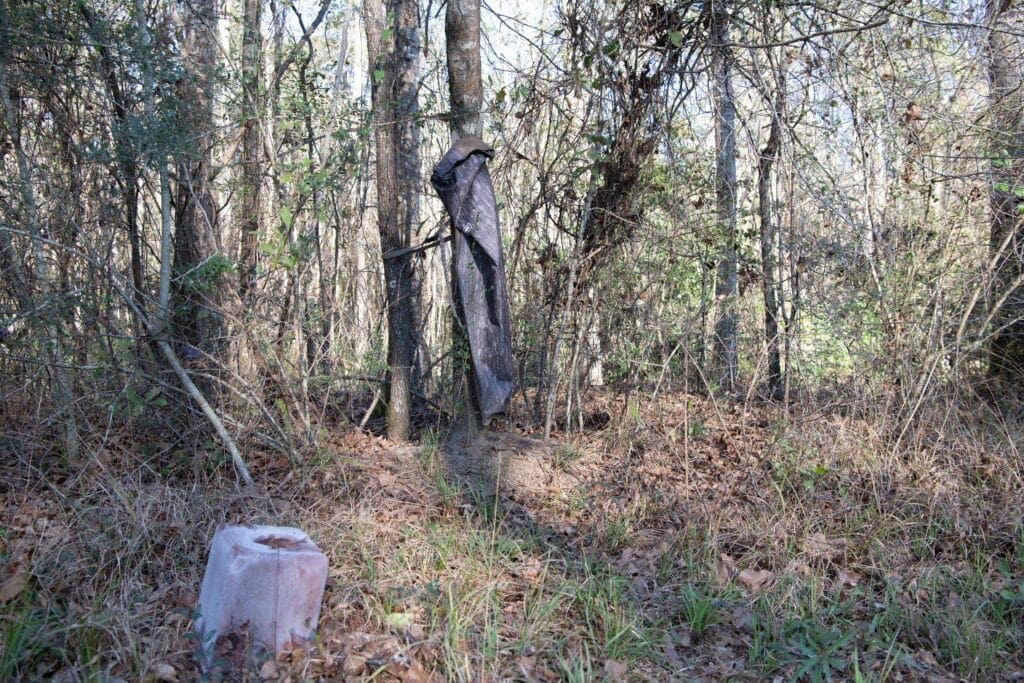
The right spot for your deer feeder can make all the difference in attracting those elusive bucks. Look for areas with good cover and an escape route near watering points.
Remember, don’t overcrowd with multiple feeders. Additionally, consider the size of your property when choosing between motorized and gravity-fed deer feeders.
How location affects the effectiveness
Deer love cover, so find a spot surrounded by thick vegetation or woods. And don’t forget the water source – they like to drink after eating. Check out Outdoor Life’s guide for more tips on choosing the best location for your deer feeder.
Proper spacing between multiple feeders
Don’t let your feeders get too cozy. Keep them 300-400 yards apart to avoid overcrowding and aggressive behavior. Bone Collector has some excellent tips on feeder spacing based on various considerations.
Proper placement and spacing are crucial to maximizing your deer feeding strategy. Give every animal a fair share without causing unnecessary stress or competition.
Understanding Feeding Times & Schedules
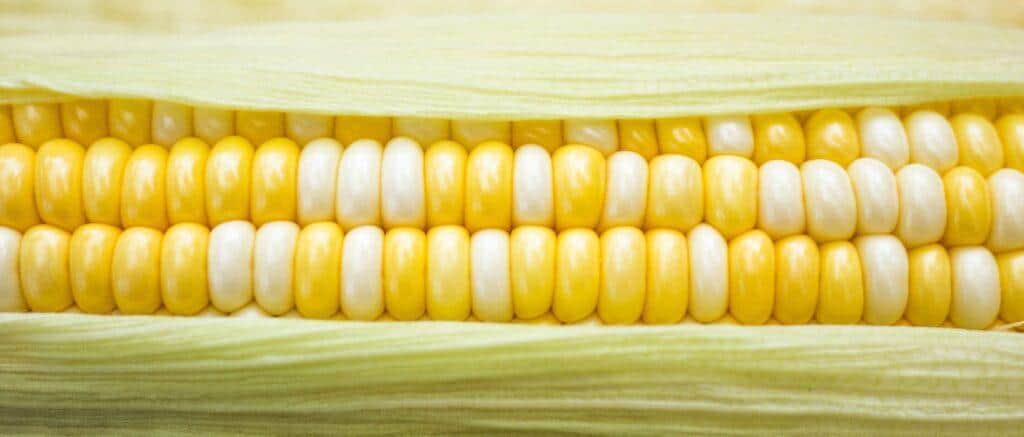
The key to successful deer hunting is knowing when and how to feed those hungry critters. Spinning feeders and timers are your secret weapons, but only if you use them right. Battery-powered feeders are essential for operating the digital timer and sustaining the feeder’s mechanisms.
Timing is everything
Deer are creatures of habit. They like to chow down at dawn and dusk, so set your feeder to match their munching schedule. It’s like a deer dinner bell. But wait, there’s more. When food is scarce in winter, deer get desperate and eat all day. Adjust your feeding times accordingly and watch the deer flock to your buffet.
Keep track of the good stuff
Take notes, people. Keep a record of your feeding schedule to see what works best. Use a spreadsheet or a fancy app like FeedLogix. It’s like a deer feeding diary.
Before leaving, ensure your equipment correctly functions to avoid a potential deer-feeding disaster. A broken dispenser is a deer’s worst nightmare. Make sure everything’s working before you peace out. You don’t want hangry deer on your hands.
Insights into Seasonal Behavior Around Bait Sites

Understanding the behavior of deer around bait sites during different seasons is crucial for any hunter. The Quality Deer Management Association (QDMA) study revealed some interesting findings.
Impact of seasonal changes on bait site visits
The study showed that adult bucks were seen less frequently at corn-feed stations from pre-rut through the end of October compared to does or yearling bucks.
This can be mainly attributed to their focus on breeding rather than the food sources offered at these sites. So, hunters, adjust your strategies and expectations accordingly during these periods.
Behavioral differences among adult bucks and yearlings
Bucks: Adult bucks prefer early mornings and late evenings for feeder visits. They take the direct trail to the feeding areas without detours.
Does: Does have a higher frequency of feeder visits throughout the day, with peaks in activity just after dawn and before dusk.
Yearlings: Yearling deer follow similar patterns as they do but are typically less cautious when approaching feeding areas.
Planning your hunting strategy to consider the timing of deer feeder visits can help you predict when and where different types of deer will be found near your feeding locations.
It’s important to consider what kind of feed goes into your dispenser at any given time and how those choices will affect who shows up to eat them.
If you want to learn more about behavioral patterns among deer populations, we recommend using tools like Boss Buck Feed.
These products have proven quite effective in drawing potential prey species towards designated zones, thus altering natural travel routes favorably according to strategic plans.
Selecting the Right Feed for Your Deer Dispenser

Choosing the perfect feed for your deer feeder is crucial. It’s like picking the perfect ensemble for a romantic rendezvous – it can be make or break.
So, let’s dive into the different feeds you can use to attract those majestic creatures. Moultrie offers a wide selection of deer feeders, including different types and uses, to help you get the best results.
Different Types of Deer Feeds
Corn: Cheap and deer-approved, corn is a popular choice. Don’t go overboard, or you’ll have some constipated deer.
Soybeans: These little protein powerhouses are a great option, especially during antler growth. Deer love them, and you’ll love the results.
Pellets: Balanced nutrition in a convenient package. Once the deer try it, they won’t be able to resist its appeal.
If you want to up your game, consider using Boss Buck Feed. It’s like a deer magnet, redirecting their travel routes according to your master plan. Talk about strategic feeding.
So, remember, when it comes to deer feeders, choose wisely. Your dispenser is counting on you to make the right call. Happy hunting.
Enhance Your Hunting Strategies – Attract Deer
Modern technology, like cellular game cameras, can level up your hunting game. These devices capture images or videos when they detect motion, giving you real-time updates on deer activity. It’s like having a personal deer paparazzi.
But wait, there’s more. Using top-notch feed like Boss Buck Feed can lure deer to specific areas. It’s like setting up a deer buffet with all the essential nutrients. Who can resist that?
Boss Buck Feed: This high-quality feed attracts and nourishes deer. It’s like a gourmet meal for our antlered friends.
Designated Zones: Strategically placing your feeder where deer frequently increases its effectiveness. It’s like setting up a deer hotspot.
Natural Travel Routes: Understanding deer’s travel routes helps you choose the perfect spot for your feeder. It’s like knowing their secret deer highways.
Additionally, Texas Hunter Products offers a selection of high-capacity deer feeders designed to scatter corn kernels at specific times, ensuring you attract deer to open areas for hunting, observing wildlife, or photography.
So, combine these tools – a reliable cellular game camera and the irresistible Boss Buck Feed – and become the ultimate hunting strategist. Happy hunting.


